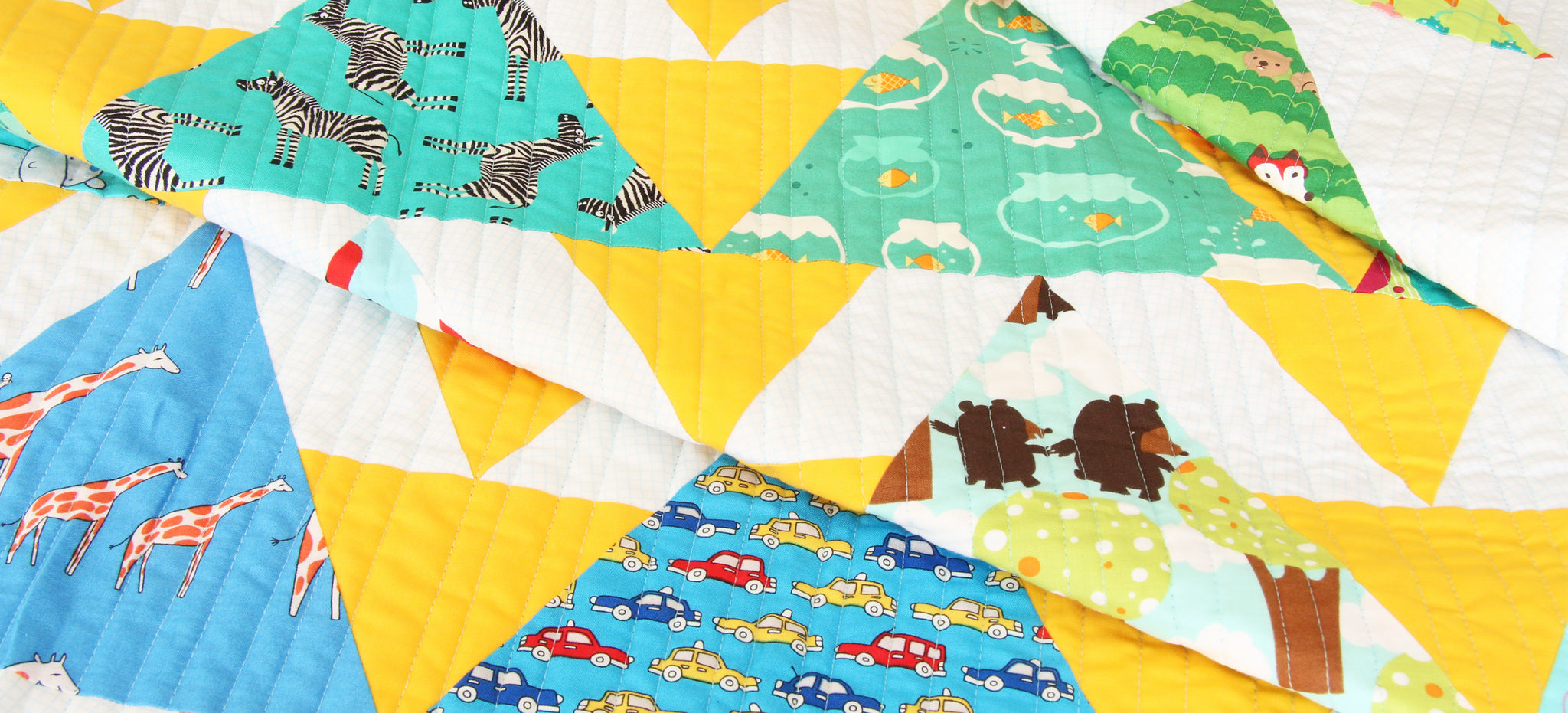
Triangles 101
Triangles, love em or hate em? We hear all the time that people love the look of triangles but are afraid to dip their toes into this geometric genre of quilt patterns. We love triangles and use them to make other shapes such as diamonds and hexagons. Let’s break down triangles and see if we can get you excited about giving them a try or teach those experienced trianglers (I made up that word!) a new trick or two!
The Popular Triangles of Quilting
Half-Square Triangles
These are the most common triangles found in quilting and a great intro into the shape! Half-square triangles are made by cutting a square in half diagonally. They have one 90° angle and two 45° angles. There are many ways to make Half-Square Triangles (we have a post on these techniques coming soon!). Another example of right-angled triangles in quilting is Quarter-Square triangles, which are half-square triangles split in half again!
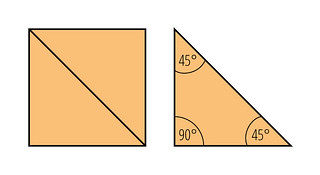
Rulers: Our favorite is the Easy Angle Ruler
Patterns that use these triangles: Atlantic Avenue, Main Street, Shivaun Place and Park Place.
Flying Geese Triangles
If you haven’t made a flying geese block (or is it flying goose?!) then you are missing out! They are a staple in quilting. Flying geese are essentially two half-square triangles put together side by side. They can be constructed by many different techniques and your patterns should definitely guide you.

Patterns that use these triangles: Baker Street, Main Street and Lullaby Lane (just a few!).
60 Degree Triangles
This is my go-to shape! I love designing with a 60° angle. These triangles are made up of three 60° angles and three equal side lengths. There are many ways to create these triangles, from the countless specific rulers out there to just using the markings on your straight ruler. Sewing these triangles also varies from which ruler or template you used to create them. Check out our 1/4” trick if you struggle to sew these!
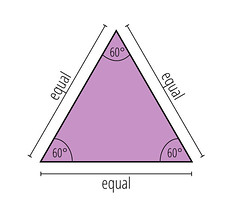
Rulers: 60° Triangle Ruler
Patterns that use these triangles: Lexington Lane, Wynkoop Court, Alligator Alley, Paradox Point, Mulholland Drive and Lombard Street.
30 Degree Triangles
Now we are cooking with gas and getting a little deeper into geometry! These triangles basically split a 60° triangle in half from one point to a flat side making it a triangle with one 90°, one 60° and one 30° angle. This is a fun one to use because it just breaks the triangle down a little further adding a little bit more interest.
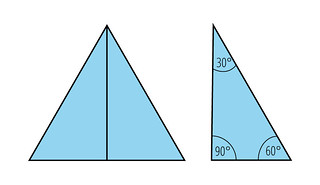
Rulers: 60° Triangle Ruler (using the center line)
Patterns that use these triangles: Arcadia Avenue and Prism Parkway.
Triangle-Squared Triangles
This is a triangle that fits into a square! Wild right? The angles are a little funky and not whole numbers, so we won’t go into those, but when these are sewn together right, you can create squares that fit into designs nicely! There are specialty rulers that help form these triangles and the same 1/4” trick below can help you successfully sew these triangles together.
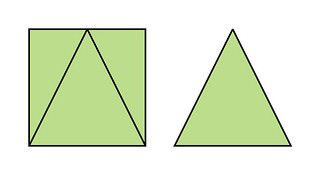
Rulers: Triangle-Squared Ruler
Patterns that use these triangles: Firelights Lane, One Way and Clay Court.
Half-Rectangle Triangles
These triangles are… yup, you guessed it - triangles formed by splitting a rectangle in half diagonally. These triangles can be paired with triangle-squared triangles on the corners to create full squares or sewn to one another to create versatile rectangles. We are exploring more of these triangles in upcoming patterns!
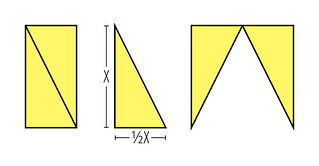
Rulers: Perfect Rectangle Ruler
Patterns that use these triangles: One Way and Clay Court.
There are endless triangles that can be formed in quilts. You can form any acute, obtuse, right, isosceles or scalene triangle with paper-piecing, templates or improv but those above are the most common found in patterns and will get you started.
Tips for Sewing Triangles
Starch, Starch, Starch!
The biggest issue with triangles is that they are stretchy! Fabric is woven vertically and horizontally at 90° angles, so when you cut it at any angle other than 90° (especially 45°) it is on the bias which makes it stretchy. Starching your fabrics before cutting, helps negate the stretchiness and makes sewing a breeze!
The 1/4” Trick
When we teach classes, the biggest thing people struggle with is lining up the triangles. We have a tried and true technique that works for sewing triangles together. When lining up the triangles, place your needle position where they intersect 1/4” as shown below. This will create dog-ears (unless you are using templates with flat points) that can be used to line up triangles together and trimmed off later. This technique works with 60° triangles, triangle squared triangles, half-rectangle triangles, diamonds, half hexagons and parallelograms!
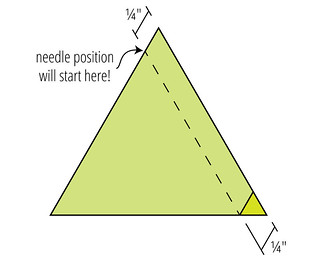
Using Triangles to Create Other Shapes
Now, my favorite part! Triangles, specifically 60° triangles, can be combined to make other shapes! Isn’t geometry fun?
Diamonds
They are a girl’s best friend, right? Let’s make them a quilter’s best friend! Diamonds can be created in many ways, but if we break them down, they are essentially two triangles placed on top of one another.
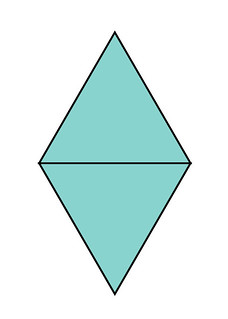
Patterns made with diamonds: Empire Place, Diamond Alley and Diamond Detour.
Hexagons
Hexagons have always been a quilting staple and have had a huge resurgence in the last few years. Hexagons are made by arranging 6 triangles together. We could do an entire post on sewing hexagons, but creating them from triangles or combining them with hexagons negates any need for partial seams or tricky construction! Just remember your 1/4” trick!
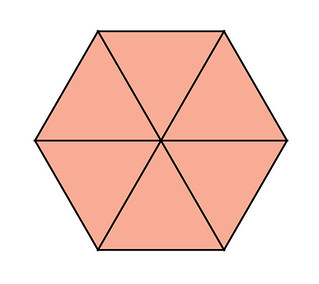
Patterns made with hexagons: Arcadia Avenue and Lexington Lane.
Half Hexagons
Yup, you guessed it - half hexagons are half of a hexagon. These can be broken down into three triangles placed next to one another. Sewing projects with half hexagons in rows help avoid tricky partial seams.
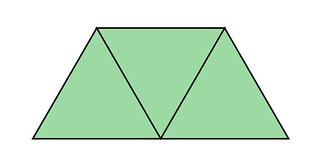
Patterns made with half hexagons: Wynkoop Court and Darby Road.
Parallelograms
We are reaching back to our high school geometry class for this one! Parallelograms a four-sided flat shapes with straight sides where opposite sides are parallel. They are made by setting an even amount of triangles next to one another in a line.
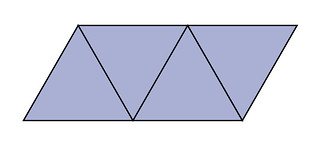
Patterns made with parallelograms: Wiley Way and Wynkoop Court.
Alright, so how are you all feeling about triangles? Ready to jump in and give them a go? Let us know how it goes!

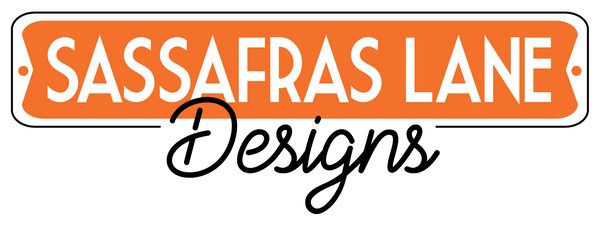

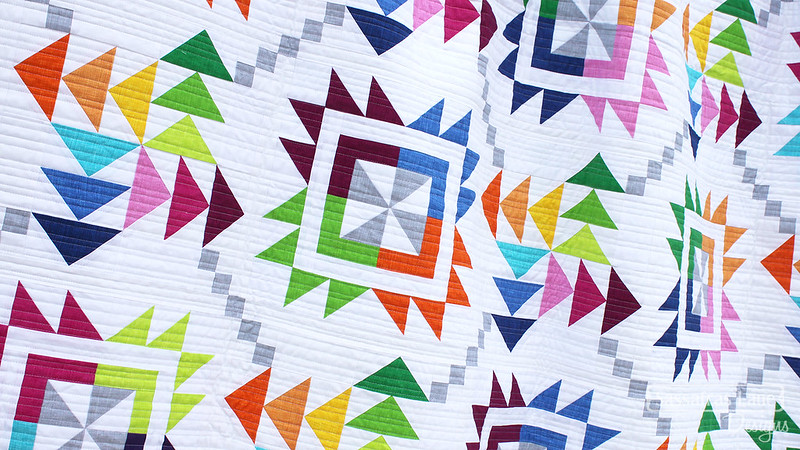
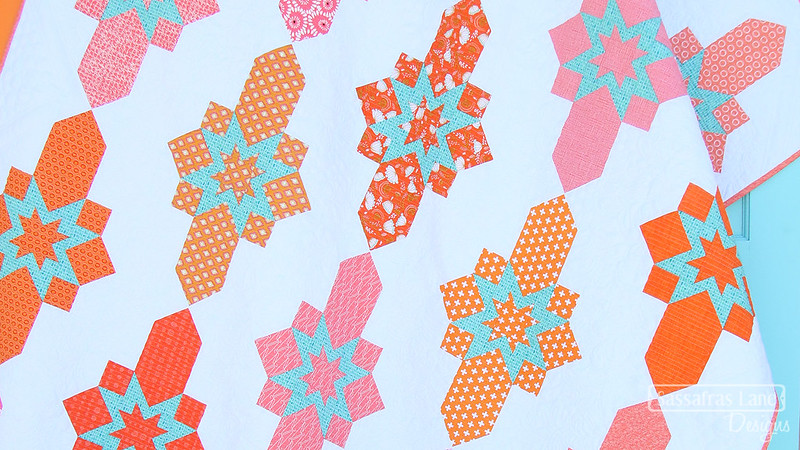
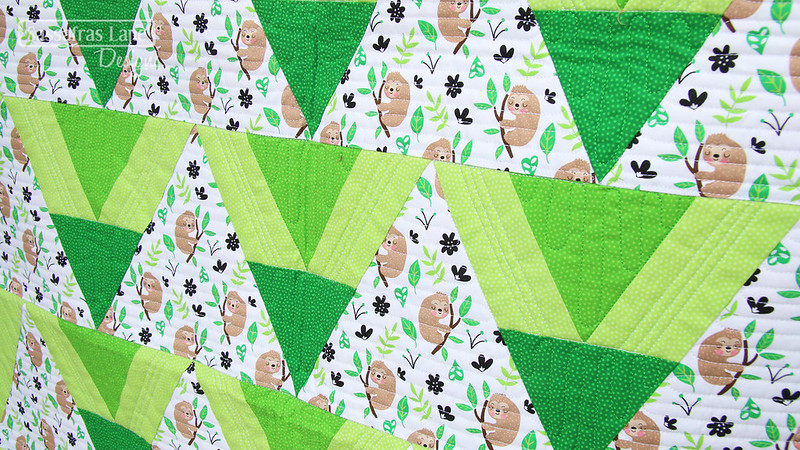
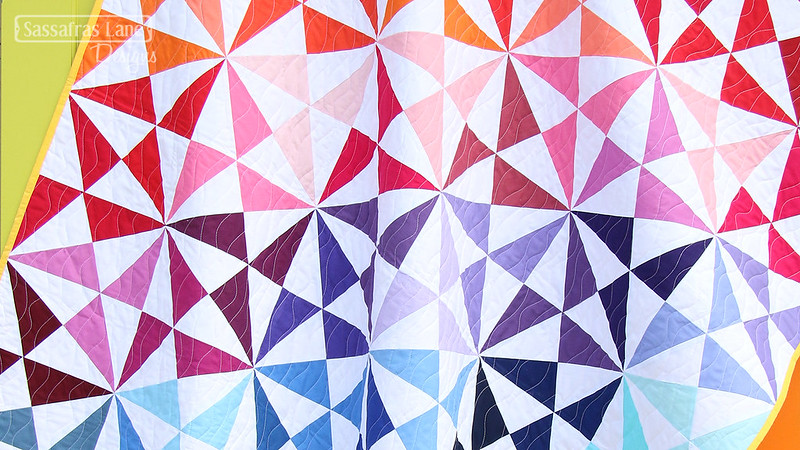
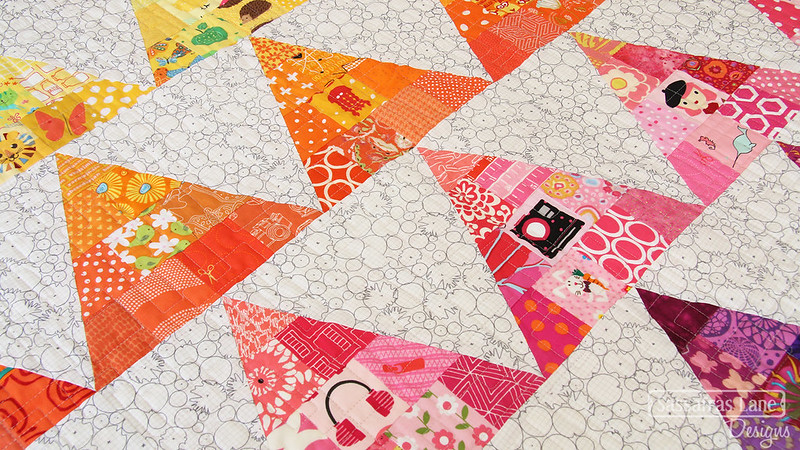
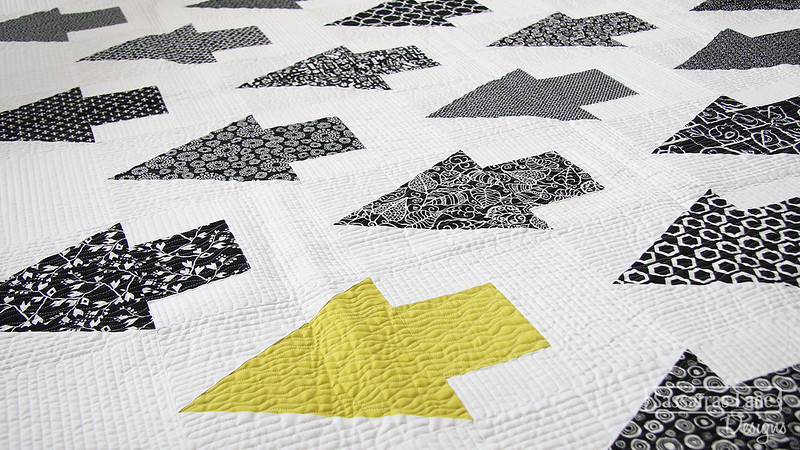
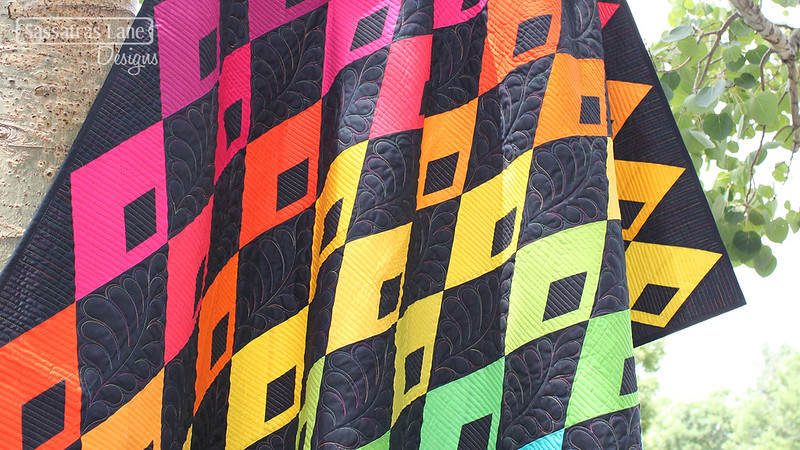
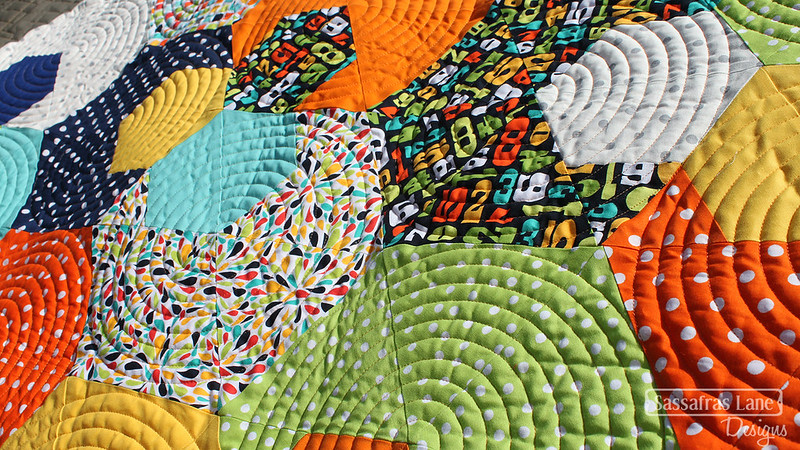
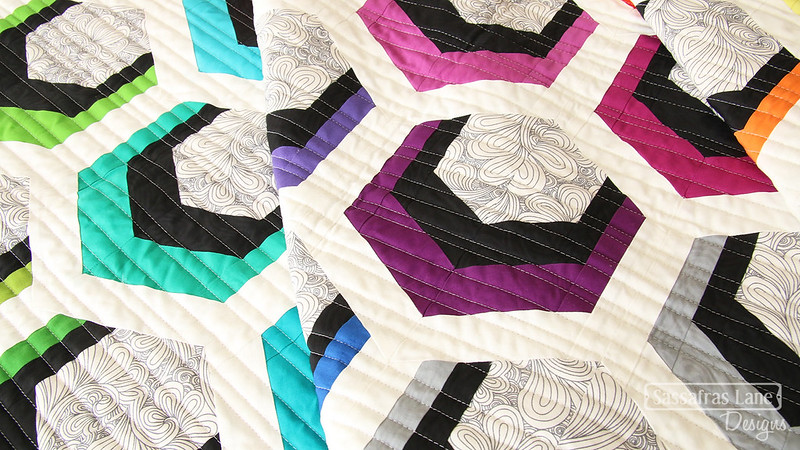
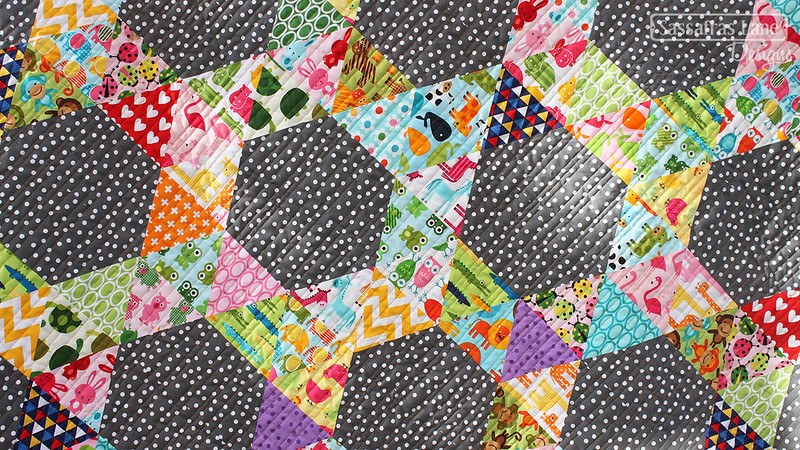
Comments
Linda said:
Thoroughly enjoyed this post. I’ve been working up the nerve to make something with triangles in it.
Sharon T said:
Thank you for clearing up the triangle mystery! I’ll be referring to this over and over again.
Debbie said:
What a great post! I’m going to link back in my next newsletter!
Linda said:
I am so happy to learn the triangle 1/4" trick! I needed that! Thanks for sharing!
Clairequilty said:
Thanks for answering so many of my questions about triangles. This has been the most informative article about the little darlings.